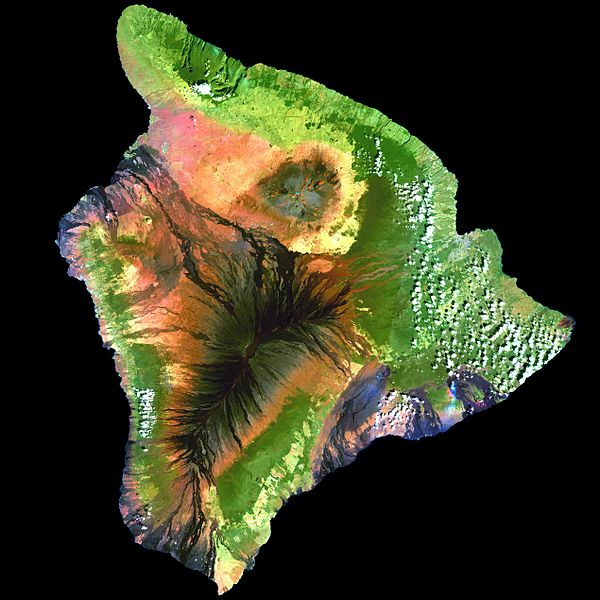Paypay:Island of Hawai'i - Landsat mosaic.jpg

Kadako hin nga pahiuna nga pagawas: 600 × 600 nga mga pixel. Iba nga mga resolusyon: 240 × 240 nga mga pixel | 480 × 480 nga mga pixel | 768 × 768 nga mga pixel | 1,024 × 1,024 nga mga pixel | 2,048 × 2,048 nga mga pixel | 5,076 × 5,076 nga mga pixel.
Orihinal nga paypay (5,076 × 5,076 nga pixel, kadako han fayl: 5.19 nga MB, MIME nga tipo: image/jpeg)
Kaagi han paypay
Pidlita an adlaw/oras para makit-an an fayl nga naggawas hito nga oras.
| Pitsa/Oras | Thumbnail | Mga dimensyon | Gumaramit | Komento | |
|---|---|---|---|---|---|
| waray pa kasasapawi | 11:59, 1 Septyembre 2009 |  | 5,076 × 5,076 (5.19 nga MB) | Túrelio | saved with 95% quality (low compression), but without "progressive" option |
| 11:59, 1 Septyembre 2009 |  | 5,076 × 5,076 (4.9 nga MB) | Bidgee | Fix thumbnail generation issue caused by progressive loading. | |
| 11:31, 1 Septyembre 2009 |  | 5,076 × 5,076 (4.91 nga MB) | Rocket000 | reuploading | |
| 11:52, 27 Disyembre 2007 |  | 5,076 × 5,076 (4.91 nga MB) | Avenue | {{Information| |Description=This simulated true-color image of the island of Hawai'i was derived from data gathered by the Enhanced Thematic Mapper plus (ETM+) on the Landsat 7 satellite between 1999 and 2001. |Source=[http://veimages.gsfc.nasa.gov/2712/l |
Mga Sumpay
An mga nasunod nga mga pakli nasumpay hini nga paypay:
Global file usage
An masunod nga iba nga mga wiki in nagamit hini nga file:
- Paggamit ha af.wikipedia.org
- Paggamit ha ar.wikipedia.org
- Paggamit ha ast.wikipedia.org
- Paggamit ha az.wikipedia.org
- Paggamit ha be.wikipedia.org
- Paggamit ha bn.wikipedia.org
- Paggamit ha br.wikipedia.org
- Paggamit ha ca.wikipedia.org
- Paggamit ha ceb.wikipedia.org
- Paggamit ha cy.wikipedia.org
- Paggamit ha de.wikipedia.org
- Paggamit ha de.wikivoyage.org
- Paggamit ha en.wikipedia.org
- Hawaii (island)
- Mauna Loa
- Landsat program
- Geoinformatics
- Puna, Hawaii
- User:Spikebrennan
- Portal:Hawaii/Selected article
- Portal:Hawaii/Selected article/11
- Wikipedia:Featured picture candidates/February-2008
- Wikipedia:Featured picture candidates/Big Island of Hawai'i
- User:Hawaiian Mafia
- User:Aoi/sandbox
- Paggamit ha es.wikipedia.org
- Paggamit ha es.wikibooks.org
- Paggamit ha eu.wikipedia.org
- Paggamit ha fa.wikipedia.org
- Paggamit ha fr.wikipedia.org
- Paggamit ha fr.wikivoyage.org
- Paggamit ha ga.wikipedia.org
- Paggamit ha haw.wikipedia.org
- Paggamit ha he.wikipedia.org
- Paggamit ha hi.wikipedia.org
- Paggamit ha hu.wikipedia.org
- Paggamit ha ia.wikipedia.org
- Paggamit ha id.wikipedia.org
- Paggamit ha incubator.wikimedia.org
- Paggamit ha is.wikipedia.org
- Paggamit ha ja.wikipedia.org
Kitaa durudamo nga global usage hinin nga file.

